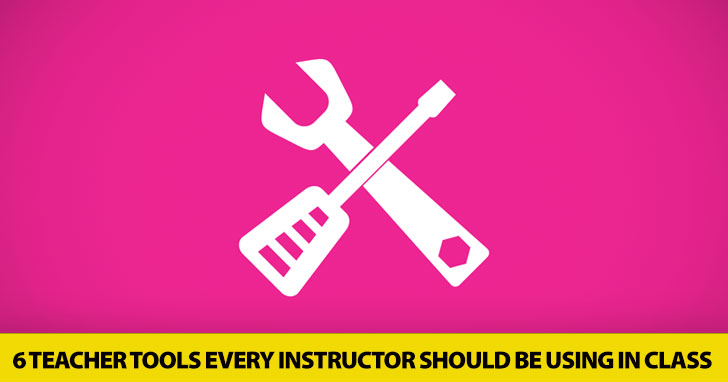Share and Share Alike: How to Class Share to Get Students Ready for Mainstreaming


For teachers with a background like mine, who have never been immersed in learning a second language, knowing just what modifications to make for LEP (limited English proficiency) students can be a real challenge. After all, if you haven’t been there yourself, how well can you really understand your students’ struggles? Of course we are empathetic and do everything we can to help our students, we just haven’t walked a mile in their shoes. That’s why it’s important for us to learn and use modification strategies for our ESL students when teaching content in class. That way we can be sure we are giving our students every advantage we can and helping them through the difficult process of learning content in a language they are still learning as well.
Enough talking about the whys of modification. Let’s get to the how’s that give our students the tools they need to do really outstanding work in English.
If your class is completing a task or taking a test in class, giving everyone the same amount of time is only fair, right? Wrong. Your ESL students not only have the content task to accomplish; they also have to grapple with the English language unlike their native speaking classmates. One of the simplest ways you can help your ESL students is by giving them more time to complete their assignments or tests. The extra time compensates for their additional challenge of working in English, and odds are your native speaking students won’t even care that their classmates have additional time for the day’s tasks.
I am a firm believer that a good ESL teacher is by nature (or necessity) a half way decent actor/actress. You have to be! So much of what we communicate to ESL students happens through our body language. And while your native speaking students might not need this whole body information, your ESL students do. Don’t hesitate to give your students information through nonverbal means. This isn’t just for content which you can communicate through pictures or actions. This also includes giving instructions and showing students how to complete the task you have assigned. Communicating through body language lets you bypass the language center of the brain enabling your LEP students to follow directions without slugging through English vocabulary and grammar before they know what to do.
Have you ever been taught such complicated information that it felt like the teacher was speaking in a foreign language? My organic chemistry class was like this for me in college. No doubt you have had a similar experience. Now what if that might-as-well-be-a-foreign-language complicated information was also being presented in a foreign language? Double trouble. That may be how your students feel when you present information in class. Not only do they have to grapple with the information itself, they also have to wade through the language in which it is presented. You can make your lectures easier for your ESL students to understand by providing them with notes ahead of time. You don’t have to give them your teaching notes, but even something as simple as a list of vocabulary and three to five main points of your lecture can make a huge difference for your students. When they have this information, they can familiarize themselves with the content and vocabulary you will be teaching so they have a leg up when it comes to understanding the language as you present your information in class.
Can you imagine giving lectures to your students nonstop from the time you arrive at school until the final bell rings for the day without a moment for a sip of water? With no breaks whatsoever to clear your mind or refocus your energy? I don’t think I could do it, and your ESL students might feel the same way about learning in English. Sometimes simply letting them step away from their desks for a minute or two can give them a big boost in their ability to learn in English. They just need to turn off their brains for a moment, and a chance to step away from their desks might be all it takes. Don’t hesitate to give your ESL students additional breaks during the school day. You might let them step out into the hallway, work independently, or go outside for a breath of fresh air. Even if you don’t want to single out your ESL students but want to give all your class members a chance to stop, breathe, and focus it won’t be a bad thing. Sometimes a little break is good for all your students and will give them what they need to jump back in and be ready to learn.
When you are assessing your students’ knowledge in a subject area, you might not even think about how many skills it takes to answer your questions. For example, if you taught a unit on ecology and wanted your students to give you the causes of air pollution, how would you do it? If you asked students to write a paragraph giving several examples, you would not only be testing their recall, but you would also be testing their vocabulary skills and writing skills. If you had students give a presentation on the topic, speaking skills come into play as well. For ESL students, this can be more than a reasonable challenge depending on their fluency level. To help these students, come up with multiple assessment strategies that could test the knowledge you are looking for. If you want students to give you the causes of air pollution, you might have them draw a series of pictures, perhaps with a caption for each. Or you could have them give you the answers orally rather than requiring them to write them out. You might have students type their answers rather than writing them by hand so spelling and grammar are less of an issue (thank you spell check). Or you might have students act out their answers bypassing language skills altogether. The more creative you are with your assessments and the more you think about what skills your students will really need to complete the task you are asking, the more you can target information rather than language skills for your LEP students.
Finally, encourage and allow the use of dictionaries in your class. It’s not a crutch for your ESL students but a useful tool that enables them to fully participate in your class. If students have an electronic dictionary, let them use it whenever they need a little extra information. It is fast, convenient, and a great source of information that won’t disrupt or disturb the rest of your class.
And I hope that your students will thrive under your attention and instruction whether they are LEP or not. Making modifications isn’t copping out. It is helping our students succeed while meeting them where they are at in their English fluency.